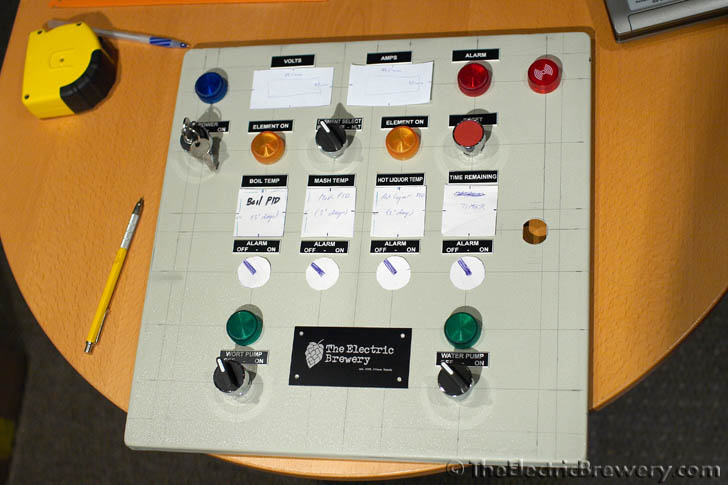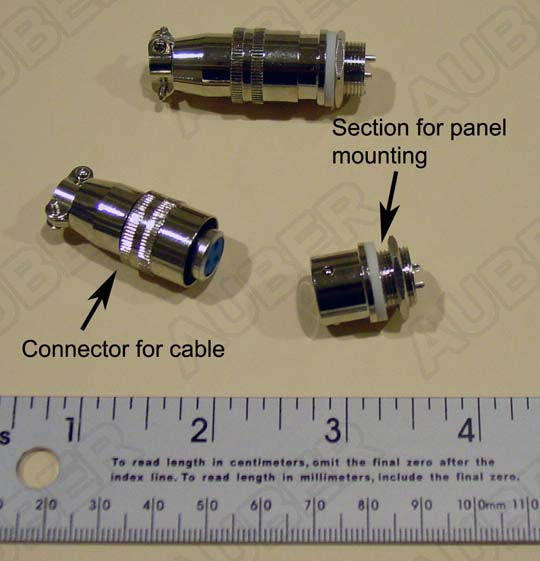PacificNWBrewer
Well-Known Member
Hello, love this forum! Great ideas and great people.
I have a question... In this link (http://www.wortomatic.com/articles/Baltobrewer's-Electric-Stand) the guy uses a CFC as both a HERMS and a chiller. I wondered why more people don't do this? I mean, a CFC is just a heat exchanger right... Instead of just cooling my wort when I'm done, I want to keep it hot or hotter while I'm brewing . Is it sanitation reasons? What do you guys think?
Also I know SS is better than copper but its a PiTA to bend to your will unless you buy it pre-made ($$$$) or have tools to make it so. Just wondering benefits to either.
I'm planning to build my ebrewery soon and have begun buying parts here and there as I go along.
Thanks again!
D
I have a question... In this link (http://www.wortomatic.com/articles/Baltobrewer's-Electric-Stand) the guy uses a CFC as both a HERMS and a chiller. I wondered why more people don't do this? I mean, a CFC is just a heat exchanger right... Instead of just cooling my wort when I'm done, I want to keep it hot or hotter while I'm brewing . Is it sanitation reasons? What do you guys think?
Also I know SS is better than copper but its a PiTA to bend to your will unless you buy it pre-made ($$$$) or have tools to make it so. Just wondering benefits to either.
I'm planning to build my ebrewery soon and have begun buying parts here and there as I go along.
Thanks again!
D




 just got around to listening to the BN podcast in which you were a guest, Kal. Thought you did very well for how many times you were interrupted!
just got around to listening to the BN podcast in which you were a guest, Kal. Thought you did very well for how many times you were interrupted! 
